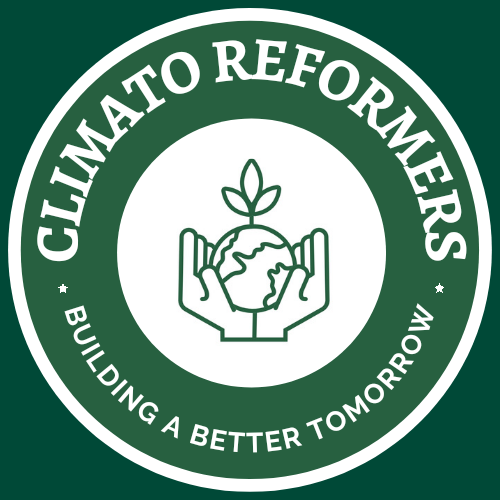Smog Pollution Effects & Causes
Smog is air pollution that reduces visibility. Today, most of the smog we see is photochemical smog. Photochemical smog is produced when sunlight reacts with nitrogen oxides and at least one volatile organic compound (VOC) in the atmosphere. Nitrogen oxides come from car exhaust, coal power plants, and factory emissions. VOCs are released from gasoline, paints, and many cleaning solvents. When sunlight hits these chemicals, they form airborne particles and ground-level ozone—or smog. Smog pollution effects the very nature of vitality.
The term “smog” was first used in the early 1900s to describe a mix of smoke and fog. The smoke usually came from burning coal. Smog was common in industrial areas, and remains a familiar sight in cities today.

Ozone can be helpful or harmful. The ozone layer high up in the atmosphere protects us from the sun’s dangerous ultraviolet radiation. But when ozone is close to the ground, it is bad for human health. Ozone can damage lung tissue, and it is especially dangerous to people with respiratory illnesses like asthma. Ozone can also cause itchy, burning eyes.
Smog pollution effects adversely being unhealthy to humans and animals, and it can kill plants. Smog is also ugly. It makes the sky brown or grey. Smog is common in big cities with a lot of industry and traffic. Cities located in basins surrounded by mountains may have smog problems because the smog is trapped in the valley and cannot be carried away by wind. Los Angeles, California, and Mexico City, Mexico, both have high smog levels partly because of this kind of landscape.
Many countries, including the United States, have created laws to reduce smog. Some laws include restrictions on what chemicals a factory can release into the atmosphere, or when the factory can release them. Some communities have “burn days” when residents can burn waste such as leaves in their yard. These limits on chemicals released into the air reduce the amount of smog.
Everyone can do their part to reduce smog by changing a few behaviours, such as:
- Drive less. Walk, bike, carpool, and use public transportation whenever possible.
- Take care of cars. Getting regular tune-ups, changing oil on schedule, and inflating tires to the proper level can improve gas mileage and reduce emissions.
- Fuel up during the cooler hours of the day—night or early morning. This prevents gas fumes from heating up and producing ozone.
- Avoid products that release high levels of VOCs. For example, use low-VOC paints.
- Avoid gas-powered yard equipment, like lawn mowers. Use electric appliances instead.
Smog is still a problem in many places…
Courtesy – National Geographic Encyclopaedia.
